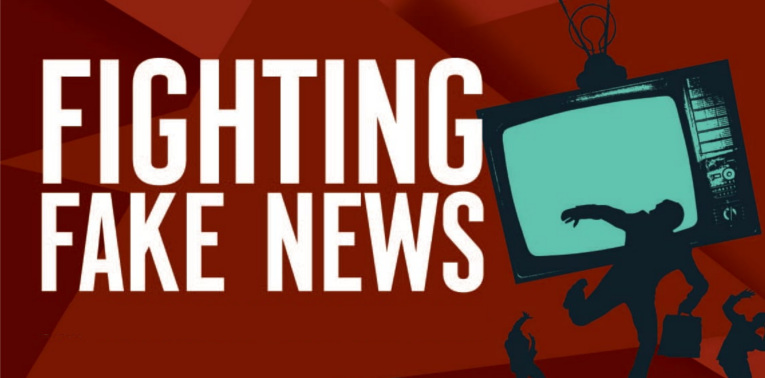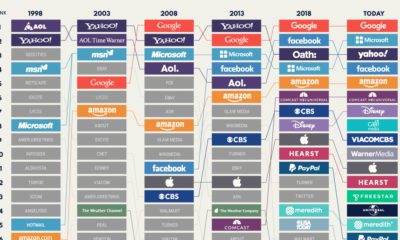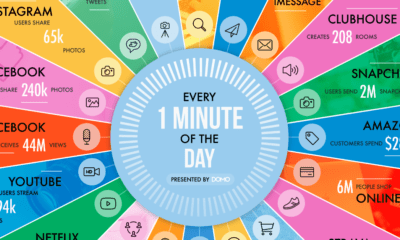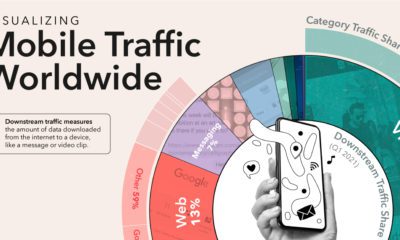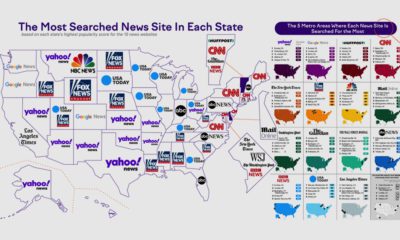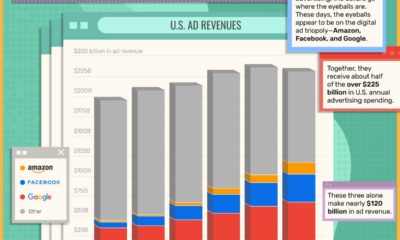Today’s infographic from Futurism sums up the ideas that academics, technologists, and other experts are proposing that we implement to stop the spread of fake news. Below the infographic, we raise our concerns about these methods.
While fake news is certainly problematic, the solutions proposed to penalize articles deemed to be “untrue” are just as scary. By centralizing fact checking, a system is created that is inherently fragile, biased, and prone for abuse. Furthermore, the idea of axing websites that are deemed to be “untrue” is an initiative that limits independent thought and discourse, while allowing legacy media to remain entrenched.
Centralizing “Truth”
It could be argued that the best thing about the internet is that it decentralizes content, allowing for any individual, blog, or independent media company to stimulate discussion and new ideas with low barriers to entry. Millions of new entrants have changed the media landscape, and it has left traditional media flailing to find ways to adjust revenue models while keeping their influence intact. If we say that “truth” can only be verified by a centralized mechanism – a group of people, or an algorithm written by a group of people – we are welcoming the idea that arbitrary sources will be preferred, while others will not (unless they conform to certain standards). Based on this mechanism, it is almost certain that well-established journalistic sources like The New York Times or The Washington Post will be the most trusted. By the same token, newer sources (like independent media, or blogs written by emerging thought leaders) will not be able to get traction unless they are referencing or receiving backing from these “trusted” gatekeepers.
The Impact?
This centralization is problematic – and here’s a step-by-step reasoning of why that is the case: First, either method (human or computer) must rely on preconceived notions of what is “authoritative” and “true” to make decisions. Both will be biased in some way. Humans will lean towards a particular consensus or viewpoint, while computers must rank authority based on different factors (Pagerank, backlinks, source recognition, or headline/content analysis). Next, there is a snowball effect involved: if only posts referencing these authoritative sources of “truth” can get traction on social media, then these sources become even more authoritative over time. This creates entrenchment that will be difficult to overcome, and new bloggers or media outlets will only be able to move up the ladder by associating their posts with an existing consensus. Grassroot movements and new ideas will suffer – especially those that conflict with mainstream beliefs, government, or corporate power. Finally, this raises concerns about who fact checks the fact checkers. Forbes has a great post on this, showing that Snopes.com (a fact checker) could not even verify basic truths about its own operations. Removing articles deemed to be “untrue” is a form of censorship. While it may help to remove many ridiculous articles from people’s social feeds, it will also impact the qualities of the internet that make it so great in the first place: its decentralized nature, and the ability for any one person to make a profound impact on the world. on But fast forward to the end of last week, and SVB was shuttered by regulators after a panic-induced bank run. So, how exactly did this happen? We dig in below.
Road to a Bank Run
SVB and its customers generally thrived during the low interest rate era, but as rates rose, SVB found itself more exposed to risk than a typical bank. Even so, at the end of 2022, the bank’s balance sheet showed no cause for alarm.
As well, the bank was viewed positively in a number of places. Most Wall Street analyst ratings were overwhelmingly positive on the bank’s stock, and Forbes had just added the bank to its Financial All-Stars list. Outward signs of trouble emerged on Wednesday, March 8th, when SVB surprised investors with news that the bank needed to raise more than $2 billion to shore up its balance sheet. The reaction from prominent venture capitalists was not positive, with Coatue Management, Union Square Ventures, and Peter Thiel’s Founders Fund moving to limit exposure to the 40-year-old bank. The influence of these firms is believed to have added fuel to the fire, and a bank run ensued. Also influencing decision making was the fact that SVB had the highest percentage of uninsured domestic deposits of all big banks. These totaled nearly $152 billion, or about 97% of all deposits. By the end of the day, customers had tried to withdraw $42 billion in deposits.
What Triggered the SVB Collapse?
While the collapse of SVB took place over the course of 44 hours, its roots trace back to the early pandemic years. In 2021, U.S. venture capital-backed companies raised a record $330 billion—double the amount seen in 2020. At the time, interest rates were at rock-bottom levels to help buoy the economy. Matt Levine sums up the situation well: “When interest rates are low everywhere, a dollar in 20 years is about as good as a dollar today, so a startup whose business model is “we will lose money for a decade building artificial intelligence, and then rake in lots of money in the far future” sounds pretty good. When interest rates are higher, a dollar today is better than a dollar tomorrow, so investors want cash flows. When interest rates were low for a long time, and suddenly become high, all the money that was rushing to your customers is suddenly cut off.” Source: Pitchbook Why is this important? During this time, SVB received billions of dollars from these venture-backed clients. In one year alone, their deposits increased 100%. They took these funds and invested them in longer-term bonds. As a result, this created a dangerous trap as the company expected rates would remain low. During this time, SVB invested in bonds at the top of the market. As interest rates rose higher and bond prices declined, SVB started taking major losses on their long-term bond holdings.
Losses Fueling a Liquidity Crunch
When SVB reported its fourth quarter results in early 2023, Moody’s Investor Service, a credit rating agency took notice. In early March, it said that SVB was at high risk for a downgrade due to its significant unrealized losses. In response, SVB looked to sell $2 billion of its investments at a loss to help boost liquidity for its struggling balance sheet. Soon, more hedge funds and venture investors realized SVB could be on thin ice. Depositors withdrew funds in droves, spurring a liquidity squeeze and prompting California regulators and the FDIC to step in and shut down the bank.
What Happens Now?
While much of SVB’s activity was focused on the tech sector, the bank’s shocking collapse has rattled a financial sector that is already on edge.
The four biggest U.S. banks lost a combined $52 billion the day before the SVB collapse. On Friday, other banking stocks saw double-digit drops, including Signature Bank (-23%), First Republic (-15%), and Silvergate Capital (-11%).
Source: Morningstar Direct. *Represents March 9 data, trading halted on March 10.
When the dust settles, it’s hard to predict the ripple effects that will emerge from this dramatic event. For investors, the Secretary of the Treasury Janet Yellen announced confidence in the banking system remaining resilient, noting that regulators have the proper tools in response to the issue.
But others have seen trouble brewing as far back as 2020 (or earlier) when commercial banking assets were skyrocketing and banks were buying bonds when rates were low.

